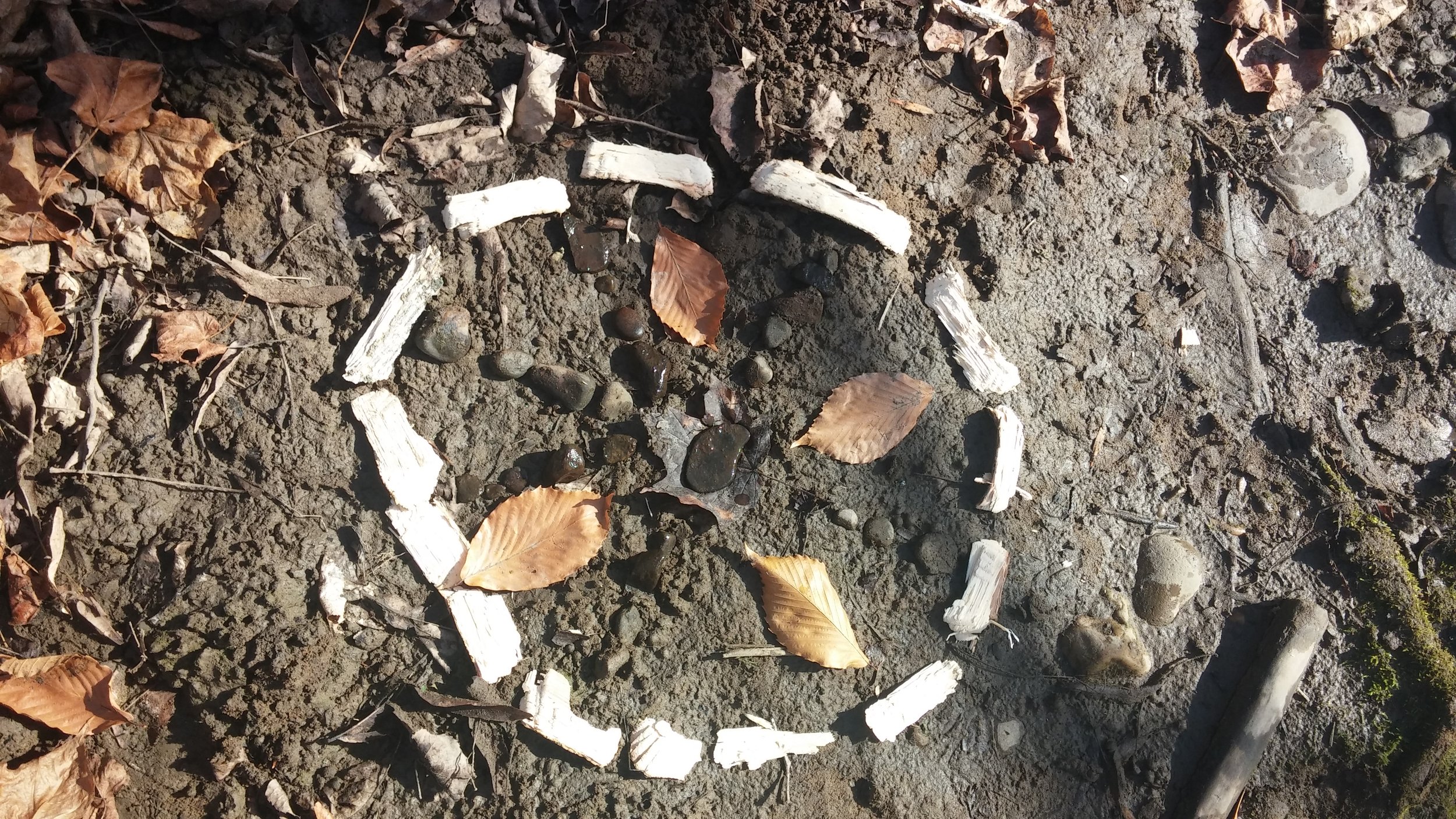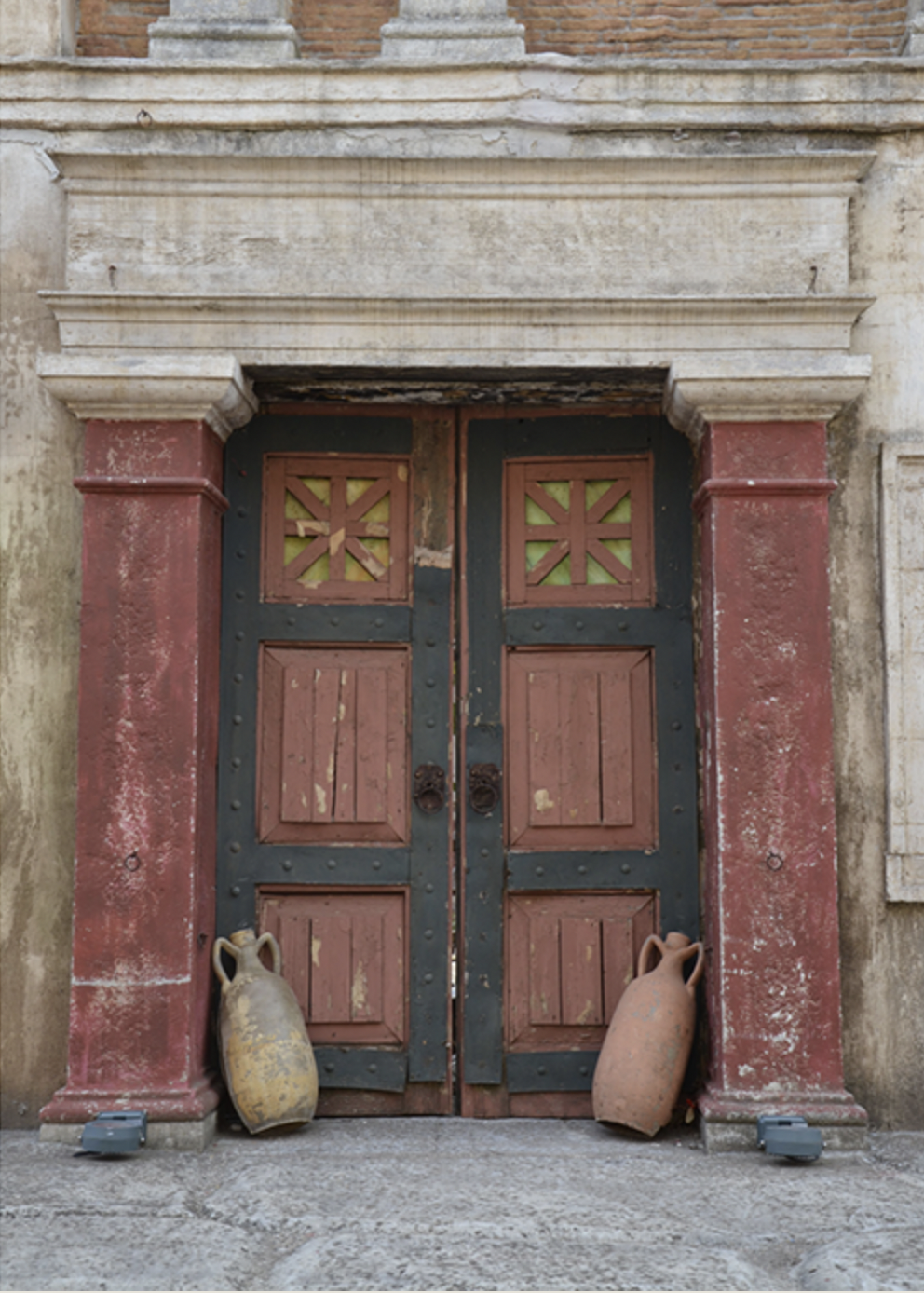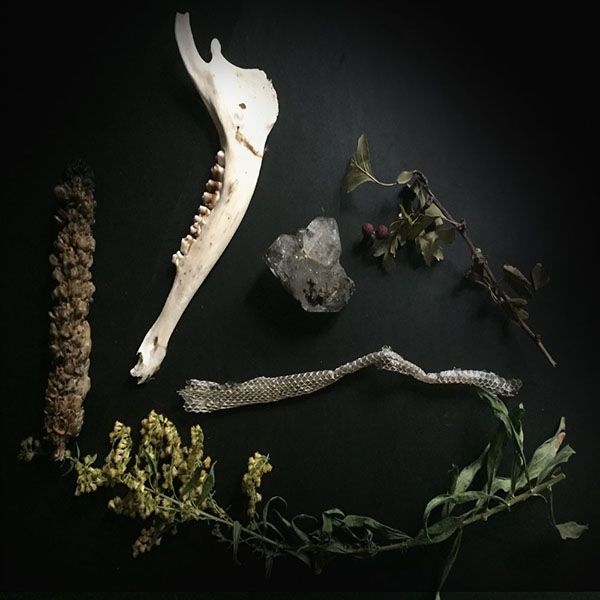
The Ancient Oracles : Sibyls, Pythias, and Prophecy
The ancient oracles were the priestesses and mystics that served their community by entering trance states to communicate with the gods and goddesses of Greece and Rome as well as many other regions in the Mediterranean, North Africa, and Southwest Asia. They had many names but often held the titles of “Sibyl” and “Pythia.”
The Mermaid's Daughter
This June I’ll be taking a return pilgrimage to my ancestral homeland of Italy. I am currently preparing for it by spending time in deep study and listening with my family lineage and ancestry. My grandparents were Italian immigrants and my relationship with them has had a profound impact on the shaping of who I am. I grew up in an immigrant and refugee community in the city of Utica, NY.
Plants and Flower Essences for Ancestral Healing
My time spent working with the people, plants, and their relationship has led me far beyond the first few steps I took with my plant ID books into the fields and forests. This is because plants are like that. And nature is like that.
They invite us into a system, a network, a community, or more accurately, they make us aware that we’re already in one.
Conversation With A Bog In Ireland
First of all, I had no idea that I was walking on a bog in the beginning. We had just arrived in Ireland and I was anxious to get out on the land.
It just looked like a field any normal field in central New York State where I live. We had asked a local server at the pub why the “holy well” shown on the map seemed to be on private property and how did others access it.
His answer, “Fences are for keeping the sheep in, not people out.” So we climbed through and through and through.
Living in Place and The Genius Loci
The concept of “Living in place” is derived from the definition of bioregionalism and has emerged as a new way of connecting to the land and creating a healthy relationship with community, our food, health care and life in general. The term ‘bioregionalism’ was coined by Allen Van Newkirk in the 1970’s. He founded the Institute for Bioregional Research and described a bioregion as “biographically interpreted culture areas…” In other words, he was identifying the inextricable connection between human life, health, culture and the ecology of the land. Land-based activist from Northern California, Peter Berg, further developed the concept as an element of the environmental movement. This movement began as a reaction to the industrial expansion and globalization monoculture that was burgeoning at the time, and still continues to dominate and drive cultural, economic and political values. In the wake of our modern technological and industrial ascension has been the decline of natural resources and widespread, seemingly irreparable pollution along with vast environmentally related health issues. Our collective ideals of competition, production, the amassing of material objects, comfort and monetary wealth drives most Western people away from direct contact with the Earth and the deeper rhythms of nature that once held the dynamic balance of life sustaining forces that fed and nourished our ancestors. These values have also disregarded the essential interdependence of human health on the health of the soil, water, air, plants, animals, bacteria and all that are a part of the network of life. An interdependence that signifies a mutually dependent relationship between synergistic organisms, each with their own unique ecological and life sustaining function.






